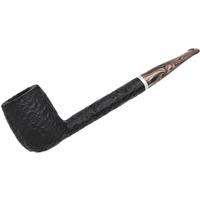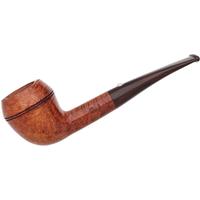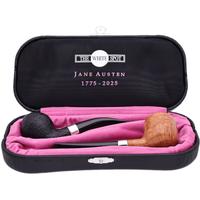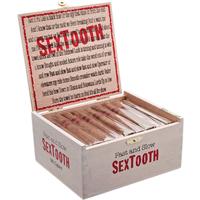The preparation of the new pipe is one of many arguments that divide us pipe smokers, and has views both for and against.
Opinions ranged from those who say that nothing must be made to the pipe before smoking it, that nothing should stand between wood and snuff (Giorgio Savinelli, Giuseppe Bozzini, Joan Bonet Nadal, Pierre Sabagh, Liebaert & Maya, Baldo Peroni, José Maria Lozano Irueste, Ramón Sampol, Antonio Campisi, Sydney P. Ram), who proposed instead more treatments varied from spreads inside the bowl with honey, jam, olive oil ... or scraping the walls with paper sand to facilitate the grip of the crust, or fill the bowl with brandy, grappa, rum or any alcoholic beverage and let soak a certain time (Richard Carleton Hacker, Charles Graves, H. Paul Jeffers, Georges Hermes, Beaumier & Lewis ...). There are also those who think like the first but look good in certain circumstances some form of treatment, every one of his clear (as Alfred H. Dunhill, Robin Crol, William Goldring and Enrico de Gregorio).
In the case of honey, even those who openly acknowledge that the proposed establishment of the crust is more fragile and delicate that if not used, so that sometimes tends to break loose and be a hole in the crust of the walls of stove, with the risk. What is certain that its use facilitates rapid growth of the same pipe and prevents the burn in the first puffs. That is why the pipes used by some manufacturers, notably Italy (Viprati and Pesaro School: Mastro de Paja, Don Carlos, Ser Jacopo, L'Anatra, ...), it obviously have less returns for pipes burned.
Personally I prefer not to impregnate the heather with substances of any kind that are not aromas of snuff, but I admit that sometimes I use honey in particular cases (straight grain pipes that by the arrangement of the grain are more likely to burn, and pipes very thin delicate walls of the stove). Other methods I have not ever used: oil, jam ... far from filling the stove with any alcoholic beverage (liquids close the pores and the pipe must "breathe").
Greetings and good smoke,










